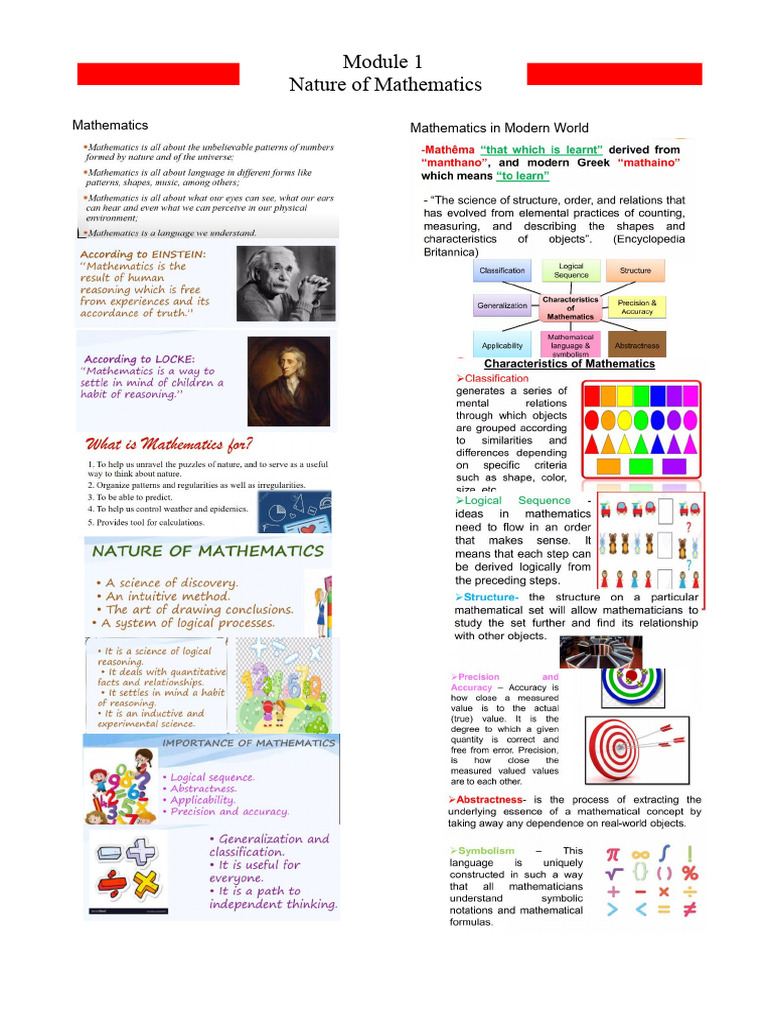Mathematics and Computing synergistically converge to form a fascinating domain that is not only foundational to scientific inquiries but also pivotal in the advancement of technology. This review meticulously explores the multifaceted landscape of Mathematics and Computing, elucidating the types of content readers can expect and the profound implications of this interdisciplinary field.
The structure of Mathematics, distinguished by its logical rigor, encompasses various branches such as algebra, geometry, calculus, and statistics. Each branch serves as a cornerstone, fostering a deep comprehension of quantitative analysis and problem-solving techniques. Algebra allows for the manipulation of symbols to represent and solve equations, while geometry provides tools for understanding shapes and spatial relationships. Calculus, on the other hand, elucidates concepts of change and motion, employing limits, derivatives, and integrals. Statistics, with its emphasis on data analysis and interpretation, is becoming increasingly critical in an era defined by big data.
In the realm of Computing, the confluence of hardware architecture and software development forms the backbone of modern technology. Readers delving into this sphere can anticipate content that spans algorithmic design, data structures, and computational theory. Algorithms, the heart of computing, dictate the sequences of operations necessary to solve problems, offering insight into efficiency and complexity. Data structures, such as arrays, lists, and trees, are instrumental in organizing and storing information, impacting the performance and efficacy of software applications.
An exploration into mathematical logic and theoretical computer science reveals another layer of sophistication. These areas probe the foundations of computation itself, addressing questions surrounding what can be computed and the limits of computation. This philosophical dimension invites rigorous debate and contemplation, challenging the intellect and fostering a deeper appreciation for the underpinnings of the digital world.
Readers can also expect to engage with applied Mathematics and Computing across a diverse array of industries. In the realm of finance, quantitative analysts utilize complex mathematical models to inform investment strategies, relying heavily on stochastic calculus and statistical analysis. In healthcare, biostatistics contributes to medical research, enabling the analysis of clinical trials and patient data to improve outcomes. Furthermore, industries such as aerospace and engineering leverage computational simulations, employing numerical methods to predict physical phenomena, thus enhancing design processes and operational efficiencies.
The transformative power of Mathematics and Computing extends into the burgeoning field of artificial intelligence (AI) and machine learning (ML). The algorithms driving these technologies are steeped in mathematical principles, such as linear algebra and probability theory. Readers immersing themselves in this content will discover the intricate processes of training models, evaluating performance metrics, and understanding the ethical implications of AI deployment. As AI continues to permeate daily life, its relationship with Mathematics and Computing will only grow more complex and critical.
Furthermore, the interplay between Mathematics and Computing manifests in the realm of cryptography. The principles of number theory and discrete mathematics are paramount in securing digital communications. An exploration of this content will enlighten readers on encryption techniques, digital signatures, and the burgeoning domain of quantum cryptography, which promises to revolutionize security protocols by leveraging the unique properties of quantum mechanics.
Beyond practical applications, the pedagogical dimensions of Mathematics and Computing warrant attention. Educational content varies, from foundational courses designed for beginners to advanced studies tailored for specialists. Tutorials and textbooks often emphasize problem-solving methodologies, logical reasoning, and computational thinking. Online platforms offer a plethora of resources ranging from interactive coding environments to comprehensive lecture series, accommodating diverse learning styles and objectives.
Moreover, interdisciplinary collaboration has become increasingly vital, as Mathematics and Computing intersect with fields such as biology, physics, and social sciences. This amalgamation fosters innovation and creativity, yielding tools such as mathematical models in epidemiology to predict disease spread or computational techniques in climate science to analyze environmental data. By examining case studies and real-world applications, readers can appreciate the profound impact of this interdisciplinary dialogue.
In conclusion, the review of Mathematics and Computing reveals a landscape rich with diverse content and intricate connections. Theoretical foundations, applied methodologies, and technological advancements coalesce to create a dynamic environment ripe for exploration. Whether one is drawn to the elegance of abstract theories or the practicality of data-driven applications, the realms of Mathematics and Computing offer a treasure trove of knowledge and opportunities. As society continues to evolve within the digital age, the relevance and significance of both disciplines will undoubtedly intensify, shaping the future in unprecedented ways.












